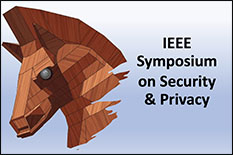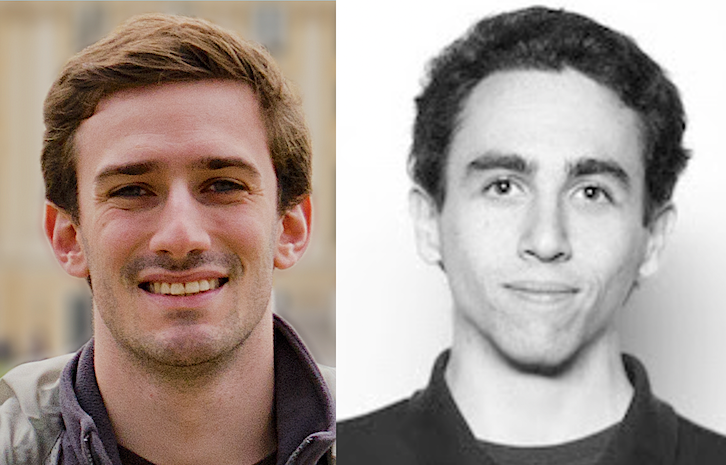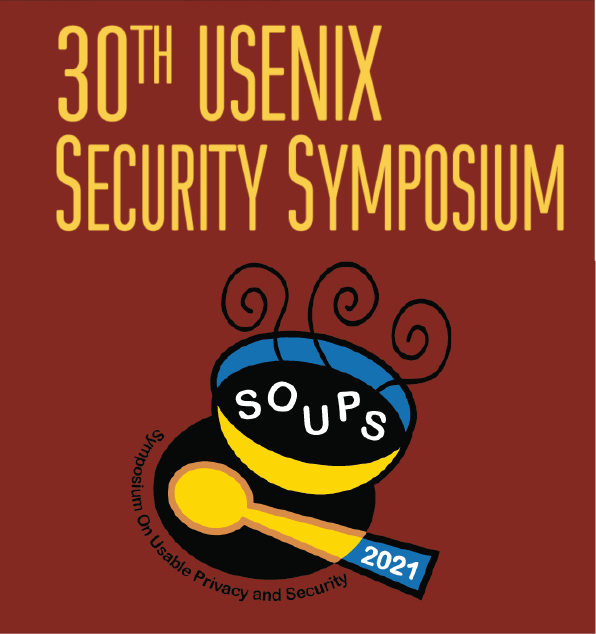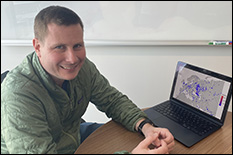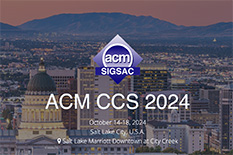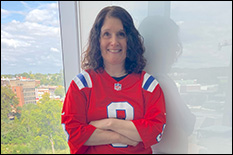News Story
Solving Challenges in the Intermittent Computing Domain
Published September 20, 2024
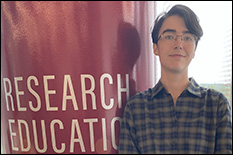
Intermittent computing—where extremely low-power devices operate using energy they extract only from their environment—is revolutionizing the field of ubiquitous computing.
These types of devices are envisioned to be used for smart cities, agriculture and disaster monitoring, harnessing environmental energy that allows them to operate almost indefinitely in any location without the need for battery power.
But the same factors that make intermittent computing unique and environmentally-friendly—extremely low power needs and low maintenance requirements—also make these systems prone to frequent crashes when environmental energy is limited, challenging many current software models.
Milijana Surbatovich who joined the University of Maryland this fall as an assistant professor of computer science, is addressing this issue, developing novel solutions to ensure the reliability and accuracy of intermittent computing devices and other emerging computational platforms.
Her interdisciplinary work—at the intersection of programming languages, system security, and computer architecture—involves using formal methods and logic to ensure the correctness of computer systems, especially for non-traditional computing platforms.
Surbatovich, who has a joint appointment in the University of Maryland Institute for Advanced Computer Studies (UMIACS), says her interest in this area was sparked during her early days as a graduate student at Carnegie Mellon University (CMU).
She recalls being fascinated by the intricate connections between hardware and software, and her subsequent Ph.D. work at CMU expanded on this interest, particularly through exposure to intermittent computing research that brought to light compelling challenges related to bugs and other anomalies in computer systems.
Surbatovich aims to continue her work in this area at UMIACS and as a core faculty member in the Maryland Cybersecurity Center (MC2), while also expanding her research scope.
“While earning my Ph.D., I focused on one device at a time,” she says. “Now, I want to explore distributed intermittent computing, where a swarm of devices needs to work together. There is still much to understand about correctness and security in these scenarios.”
The decision to join MC2 was significantly influenced by her previous experience at CMU’s Security and Privacy Institute (CyLab), a multidisciplinary security-focused lab similar in size and scope to UMIACS.
Surbatovich says she is also excited to collaborate with UMD faculty like Michelle Mazurek (MC2’s director), who also comes from CMU.
Mazurek, an associate professor of computer science with an appointment in UMIACS, looks forward to the potential impact of Surbatovich’s new role within the MC2 research community.
“Her excellent work spans lots of topics we’re interested in—formal methods, secure computer architecture, emerging platforms like IoT, and cyberphysical systems, and more,” Mazurek says. “Milijana brings a whole new angle to our cybersecurity work, while also providing connection to the work of several of our existing faculty.”
Although Surbatovich has only been at UMIACS for a short time, she has already begun working with faculty who specialize in programming languages and others involved in wireless communication and security.
As traditional computer architectures approach their limits in energy efficiency, she notes there is a growing need for innovations that can handle the unique demands of what are known as “extreme edge” environments—where computing devices operate under challenging conditions with limited energy sources and minimal infrastructure support.
“It’s a thrilling time to be a computer architect, especially with the push toward energy efficiency in extreme edge environments,” Surbatovich says. “Traditional architectures are reaching their limits, and the quest for new, efficient solutions is what makes this field so exciting.”
—Story by Melissa Brachfeld, UMIACS communications group
